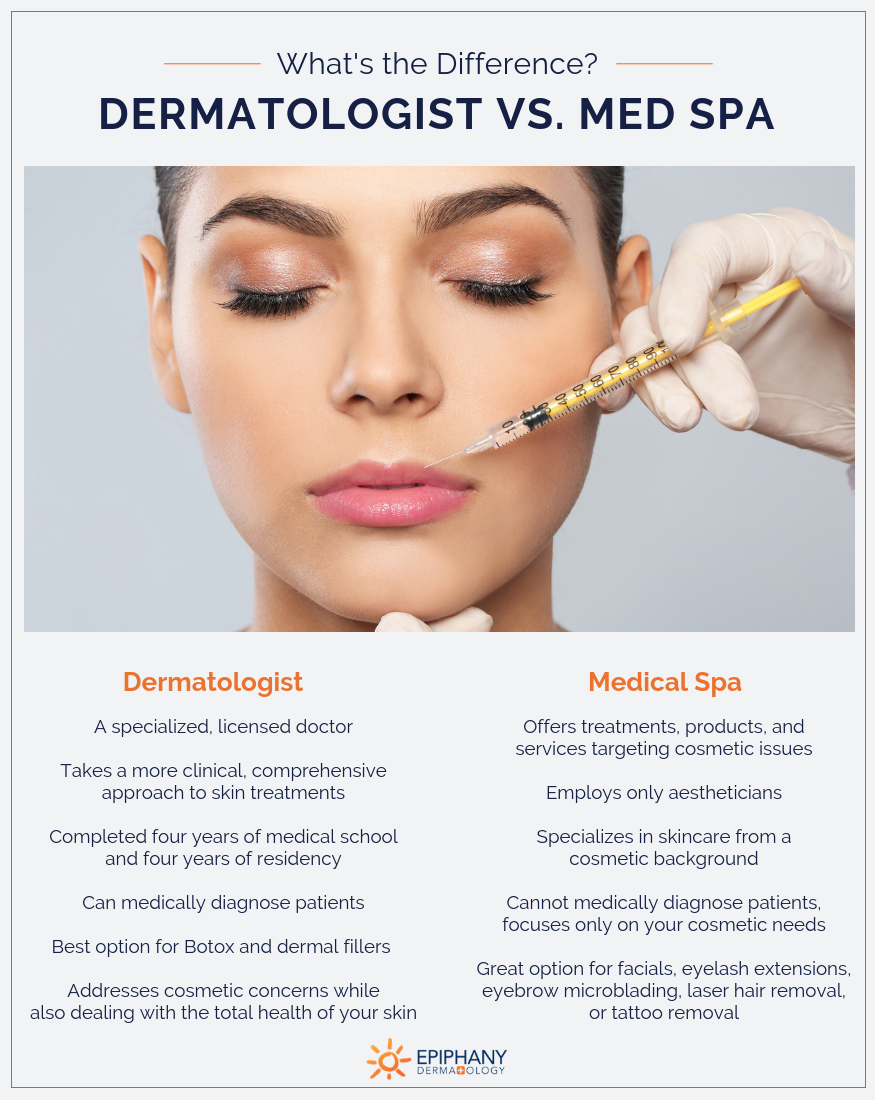Schedule a dermatologist specializing in mohs surgery for skin cancer treatment with high precision.
Schedule a dermatologist specializing in mohs surgery for skin cancer treatment with high precision.
Blog Article
Browsing Skin Cancer Therapy: The Crucial Duty of Mohs in Modern Dermatology Practices
Skin cancer cells, a challenging medical diagnosis, commonly leaves individuals facing various therapy choices. Among these, Mohs surgical procedure stands as a beacon in modern-day dermatology, renowned for its precise method to cancer cells removal and preservation of surrounding healthy and balanced cells. This innovative practice assures not just exceptional cosmetic results yet additionally supplies prompt outcomes, relieving individual stress and anxiety. As we discover the ins and outs of this treatment, one will certainly value its pivotal role in skin cancer cells treatment.
Recognizing Skin Cancer: Types and Dangers
Skin cancer cells, a possibly life-threatening malady, is even more common than lots of individuals realize. This disease, brought on by the uncontrolled development of uncommon skin cells, primarily results from DNA damage because of direct exposure to the sunlight and ultraviolet (UV) light. There are 3 major sorts of skin cancer: Basic cell carcinoma, Squamous cell cancer, and Cancer malignancy. While the former two are less deadly and make up most of diagnosed situations, cancer malignancy is the most dangerous. It accounts for just about 1% of skin cancer cells instances but causes the huge majority of skin cancer fatalities - mohs surgery. Risk factors include reasonable skin, history of sunburn, extreme sun exposure, living at high elevations or near the equator, having several moles, a family background of skin cancer cells, and deteriorated body immune system.
What Is Mohs Surgical treatment and Just How It's Reinventing Skin Cancer Treatment
In spite of the various therapies currently available for skin cancer cells, Mohs surgical procedure stands out as a groundbreaking and highly effective remedy. Called after Frederic E. Mohs, the doctor that created the treatment, Mohs surgical treatment is a precise medical method used to treat skin cancer cells. Throughout the procedure, thin layers of cancer-containing skin are gradually gotten rid of and taken a look at until just cancer-free tissue remains. This method permits the surgeon to confirm that all cancer cells have been eliminated at the time of surgical procedure. This level of accuracy, combined visit this page with the capability to save as much healthy tissue as possible, is revolutionizing skin cancer therapy. Because of this, Mohs surgical treatment has ended up being a foundation of modern dermatology methods.
The Advantages of Mohs Surgical Treatment Over Conventional Skin Cancer Cells Therapies
Building on the cutting-edge nature of Mohs surgical treatment, it's necessary to consider its numerous benefits over conventional skin cancer therapies. Unlike common treatments, Mohs offers a greater remedy price, often reaching 99% for novice therapies and 94% for recurring cancers cells. Furthermore, it lessens damage to healthy and balanced skin, leading to much less scarring and improved aesthetic end results.
The Procedure of Mohs Surgical Treatment: What to Expect Throughout the Refine

Prospective Adverse Effects and Post-Operative Treatment of Mohs Surgery
Going through Mohs surgery, like any various other operation, involves potential negative effects that patients ought to be aware of. Usual side effects consist of pain, bruising, and swelling at the surgery website. These are normally momentary and workable with non-prescription discomfort medicine and ice packs. In uncommon cases, patients might experience infection, bleeding, or a sensitive reaction to the anesthetic. Post-operative care is important to recovery and minimizing side effects. This commonly includes maintaining the injury clean and completely dry, taking recommended medicines, and avoiding exhausting activities. Clients need to additionally attend browse this site all follow-up consultations for wound care and monitoring. In many cases, additional therapies may be essential to guarantee full elimination of the cancerous cells. Sticking to these post-operative care guidelines can considerably enhance recuperation and end results.
Conclusion

Report this page